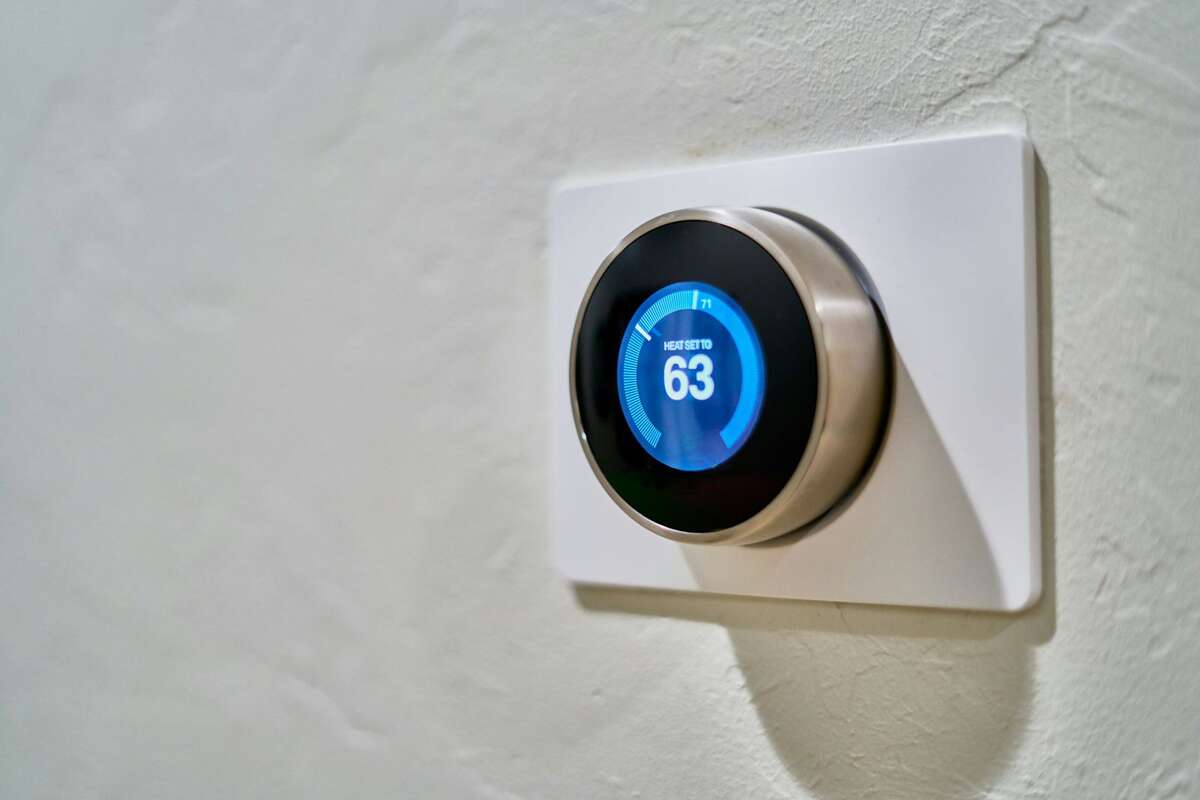Energy experts are adapting to the boons and risks the Internet of Things (IoT) and smart tech bring to residences. Smart thermostats are one of the most significant yet unassuming additions people may implement.
They teach homeowners about their house’s performance and professionals about process improvements. These features help smart thermostats enhance structures and inform energy workers about developments in the industry.
Usage Data Analysis
Professionals are more likely to audit homes accurately with detailed analytics. They may confidently report Energy Star’s assessment that a smart thermostat could save homeowners 8% of heating and cooling costs annually. Smart thermostats collect data, revealing people’s habits and enhancement opportunities for workers. Consumption data translates to insights, which help suggest behavioral changes for residents and efficiency improvements for the system.
For example, the structure may push its limits during peak hours, burdening HVAC systems with unnecessary wear and tear. The homeowners may not know how much their daily routines affect their HVAC system. How much energy could a family save by closing their blinds a few hours a day or reducing temperatures by a degree? If a homeowner undergoes an energy audit, they might look at usage data and suggest the following ways to reduce consumption:
- Change light bulbs to LEDs
- Prevent vampire energy by unplugging devices when not in use
- Automate temperature changes in the smart thermostat
- Transition to energy-efficient appliances
- Invest in renewable energy
Remote Monitoring and Control
Homeowners and professionals can adjust smart thermostats remotely, achieving greater energy independence and savings. If the system alerts users of a concern, they do not have to be in front of the device to make the change. Many smart thermostats allow changes from phone apps or other software.
If a third party assists in monitoring the thermostat’s performance, IoT companies or electricity providers could troubleshoot some problems immediately instead of going through a lengthy scheduling and travel process. Remote capabilities allow them to manage their workloads while keeping clients pleased. The greater attention to equipment wellness with improved oversight reduces energy bills by tackling concerns before they get out of hand, damaging the system further.
Integration With Smart Home Systems
Connecting a smart thermostat with other IoT devices like air quality monitors, leak detectors, water heaters and other appliances creates a smart home. The interconnected nature of the devices allows homeowners to see what emits the most energy. The integrations may also reveal what influences temperature and humidity shifts throughout the day.
Many smart thermostats and connected systems have partnering apps, providing customers with a holistic view of the home in a digital dashboard. These apps can also help energy workers advise residents on ways to save on monthly bills because they gain more information than a thermostat alone can provide.
Energy Efficiency Insights
Utility workers may observe performance shifts in the systems from energy efficiency insights. Anomalies or gradual changes can alert workers to do preventive maintenance or parts replacements. These insights save people money as they become more familiar with how their habits manifest as data points, letting them know which actions are the most expensive on their monthly statements.
Smart thermostats are critical in identifying how connected systems are running. If connected to other smart home systems, it may signal when machinery around the house is not working correctly. A change in air quality may be the cause of a temperature spike. The device could make an indoor air quality monitor and connected equipment, like dehumidifiers and ventilation equipment, more effective — all in one central hub.
Increasing carbon dioxide in the environment promotes the spread of airborne pollutants and allergens, seeping into homes. Heightened levels of indoor particulate matter make temperatures more difficult to control. Pollutants could cause home equipment to run less efficiently due to added stress. A change in smart thermostat behavior makes it easier to identify these events and react so homeowners waste fewer dollars.
Demand Response Programs
Households with smart thermostats may be eligible to participate in demand response programs. Energy professionals should suggest this money-saving option to clients. Experts may teach users how to adjust temperatures to match supply based on high electricity demand in their area.
Demand response programs often pay homeowners to reduce their electricity use during high-use periods. A case study in Massachusetts showed energy savings of $91,000 in 2023 because of these programs. These payouts reward putting less stress on the grid and help boost energy literacy. Smart thermostats make it easier for professionals to guide residents on how to do this most effectively, making utility bills even more affordable.
Many smart thermostats can collate data into an energy savings report. These reports may show efficiency gains, carbon footprints and other cost-reduction opportunities. Homeowners can give these reports to energy professionals, letting them better track the home’s performance.
Optimized Scheduling
Homeowners may need to realize how temperature negligence increases their electricity bills. People may forget to turn off the air conditioning when they leave the house or adjust when it gets chillier outside. Smart thermostats let people automate schedules. The IoT uses algorithms and compares them with the data it learns about the home.
Then, the thermostat may suggest the most optimized heating and cooling schedule based on the number of occupants present and consider it against daily weather patterns. This minimizes the time people have to fiddle with the thermostat. Many defer to their utility company because they do not know why their bills are high. Automating schedules prevents energy workers from rehashing the importance of adjusting temperatures based on usage and climate.
Weather Adaptation
In addition to developing its own schedule, a smart thermostat can also understand the local weather and climate and shift accordingly. This adaptive feature is called weather compensation, where the thermostat may leverage historical and incoming data about the region to change how much power it uses to heat and cool the building.
Smart Temperature Management
Households taking advantage of smart thermostat integration find money-saving possibilities in many features. Energy workers also gain insights into clients’ infrastructure, providing more high-value advice and proactive maintenance with its targeted analytics.
Every advantage may yield reductions in energy bills as residents make incremental efficiency improvements and change their routines. Industry professionals often recommend smart thermostats to clients to improve their finances and awareness of energy use.
















